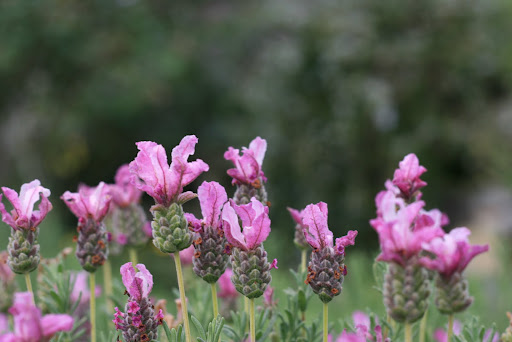Agro-climatic Zones of Sri Lanka
Tea, rubber and coconut are the main cash crops in Sri Lanka. Rubber is grown in low country wet and intermediate zones, while tea is grown in mid country and up country wet zones predominantly at higher elevations. Coconut is grown in low country wet and intermediate zones. Both plantation companies and small holders are involved in producing cash crops in the country. The total land extent utilized for the plantation sector is about 750,000 hectares. The direct and indirect employment generated through the sector is about 1.5 million. It also plays a significant role in the national economy in terms of its contribution to the Gross Domestic Product (GDP). In 2007, the GDP contribution by plantation sector is 2.7%.
Most of the plantations in Sri Lanka particularly tea and rubber were originally started by the British during the colonial period in 17th century. Tea plantations were created by the British colonial state in 1860s. Land was acquired for almost nothing, when the local people showed indifference to work in the plantations; cheap slave-type labour was brought from South India. They were run efficiently and profitably by the British owned plantation companies and were significant contributors to the economy and to the government by way of taxes.
After independence in 1948, under the socialist Government manifesto introduced in 1970, the foreign owned plantations were nationalised under the Land Reform Low No.39 of 1975. During nearly two decades of state ownership and management, the performance of the plantations was disappointing.The productivity of the plantations dropped drastically due to the lack of skills in management, enprenurialship and motivation while small holdings and privately owned estates in other competitive countries recorded better performance. The crisis of the plantation sector deepened due toThe cumulative loss of the Janatha Estate Development Board (JEDB) and Sri Lanka State Plantation Corporation (SLSPC) from 1980 to 1991 was Rs.2,283 million by running the estates at a loss. The two corporations owed the Bank of Ceylon and the People's Bank a sum of over Rs. 3,500 million. There was no way the JEDB and the SLSPC could repay these loans and the Treasury had to find the money to settle these huge debts to the banks. The bulk of the money comes from various indirect taxes in the prices of essential goods such as rice, flour, and sugar. The stated wanted to eliminate their dependence on Treasury subsidies to make more money available for social welfare measures and infrastructure development work and to reduce the burdens that were being heaped on the poor people as high cost of living.
In early 1990's, the government took a policy decision to handover the management of the plantations to the private sector. In June 1992, with pressure of the World Bank and Asian Development Bank, and in recognition of the poor performance of plantations under state (national) ownership, the government initiated a partial privatisation of the sector. Management contracts were issued to commercial interests, while national ownership of land was retained. In 1995, following a change in government, full privatisation of state plantations was commenced. This was the largest agricultural privatization in the world.











